

Most kitchens around the world keep a stock of ginger root in some shape or form. Traditional uses of ginger go beyond its versatility as a spice and its widespread use in various cuisines. For centuries, it has been used as an herbal remedy, particularly in Asia and the Mediterranean.
What Is Ginger?
Zingiber officinale is a flowering plant whose root is a popular spice and folk remedy. The plant is in the same family as cardamom and turmeric, another popular root in alternative medicine.
The flavor of ginger root has a strong, sweet-spicy profile often described as biting. It’s typically added to dishes, dried or candied, or infused in tea.
Ginger Throughout History
Ginger’s roots stem back to ancient Southeast Asia, where it was first cultivated. From there, it spread to other Asia-Pacific nations, including India, Japan and China, before being brought to West Asia, North Africa and Europe.
Uses of ginger date back to ancient China and India. Confucius mentioned it in his Analects in the first century BC. Some of the first records of ginger in the West were in Pedanius Dioscorides’s medical compendium De materia medica (On Medical Material) in the first century CE, and in the recipe book De re coquinaria (On the Matter of Cooking) circulated in the fourth or fifth century. Arab traders were believed to be the first to bring ginger from Asia to the Mediterranean.
Ginger Around the World
Ginger varies widely in flavor and aroma depending on where it takes root. Soil, climate and cultivation practices shape its character, resulting in distinct profiles that have earned global recognition. Myanmar, Mizoram and Jamaican ginger are particularly revered, celebrated for their intense pungency and heightened levels of gingerol and zingerone—natural compounds responsible for their signature heat and bold aroma.
Prized Ginger Varieties
Myanmar Ginger
Believed to be the first ginger used by humans, Myanmar ginger (also called Burmese ginger) is deeply aromatic and a staple in traditional Myanmarese cuisine.
Mizoram Ginger
Cultivated in the state of Mizoram, India, this variety is prized for its strong aroma and pungent taste. It stands apart with small fingers and yellowish flesh.
Jamaican Ginger
Revered for its intense heat and widely used in Jamaican cuisine, this variety lends itself well to crafting ginger beer and other beverages. Characterized by knotty, bulbous, strong roots, it delivers a pungent and spicy kick accented by notes of eucalyptus and camphor.
Other Notable Varieties
Buffalo Ginger
Relatively soft and subtle, buffalo ginger is known for its mild heat and tender flesh, making it an everyday favorite in cooking. Its warming flavor is approachable and satisfying, lending itself to a variety of cuisines.
Hawaiian Blue Ring Ginger
With its delicate floral notes and mild spice, this variety showcases the gentler side of this fiery root. Its juice is prized as a versatile choice for fresh-pressed drinks.
Each of these gingers is shaped by its origin, a sensory passport to faraway fields and traditions. From the fierce heat of Jamaican ginger to the delicate bloom of Hawaiian blue ring, it all contributes to ginger’s flavorful potential.


Exploring the Uses of Ginger
The common uses of ginger, in its long history, have been both culinary and therapeutic in nature. It’s most often used in three different forms: fresh, preserved (usually in syrup or brine) or dried (and powdered).
Culinary Uses of Ginger
Dishes that use ginger abound in multiple cultures. Most commonly added to savory Asian dishes, it’s a staple in Chinese stir-fries, Indian and Thai curries, Chinese and Japanese meat stews and many soups, sauces and marinades. Japanese chefs serve pickled or candied ginger as a popular palate cleanser.
On the other hand, ginger is often used to make sweet food and beverages in the West. It’s the main ingredient and flavoring in gingerbread, ginger snaps, ginger ale or beer and various cakes and biscuits.
Ginger teas are popular worldwide for their warming effects and ability to cleanse the palate after a heavy meal. Apart from pure ginger tea, blends with other herbs and aromatics are increasingly sought after, including lemon, turmeric, cinnamon and more.
Traditional Medicinal Uses of Ginger
Ginger has served as a natural remedy for various ailments for thousands of years. Throughout the East and West, it was believed to help with conditions like digestive issues, colds and flu, sore throats, heart disease, arthritis and gum disease. It was also thought to stimulate digestion. This may explain its traditional use as a palate cleanser or side dish.
Ancient and medieval medical texts present conflicting views on the therapeutic uses of ginger. While some regarded it as a laxative, others claimed it induced constipation.
Beyond its digestive effects, ginger was celebrated for its diverse benefits—praised as an aphrodisiac, a memory enhancer and even a remedy against insect venom. Chewing ginger or drinking ginger teas was also thought to help with nausea, especially in pregnant women.
Featured Products

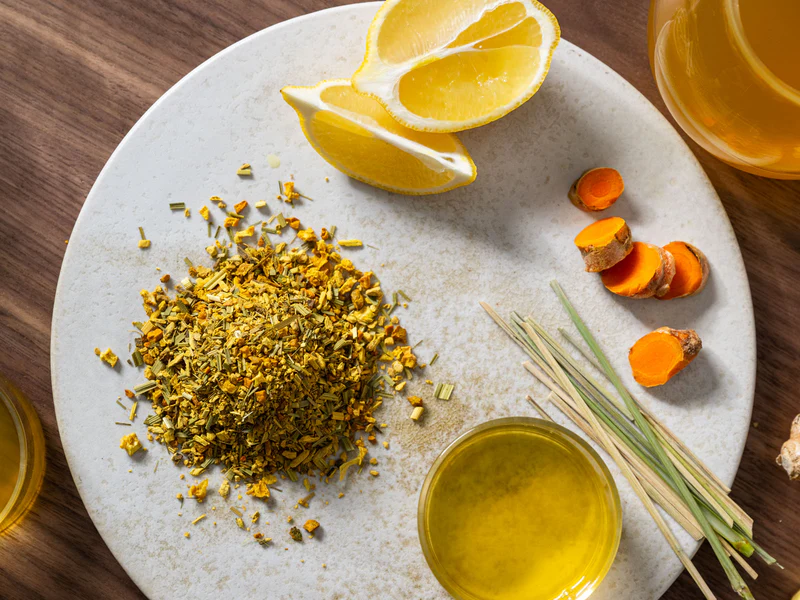

Turmeric Ginger

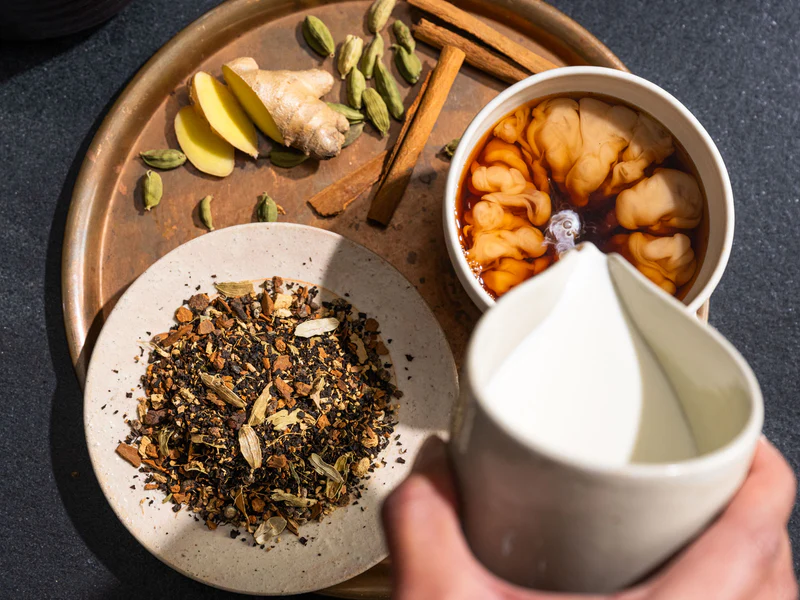

Masala Chai
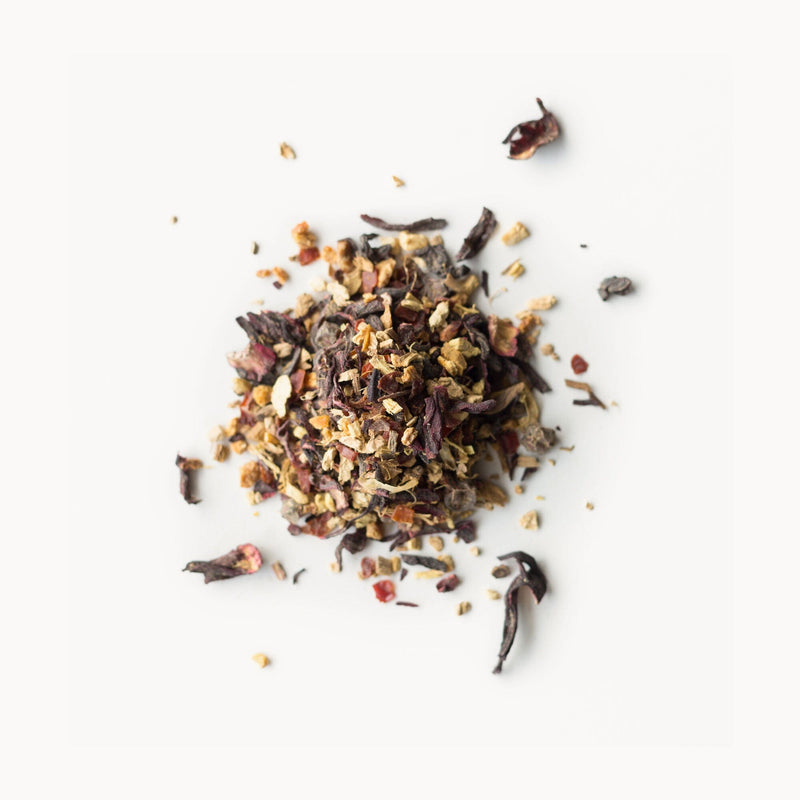
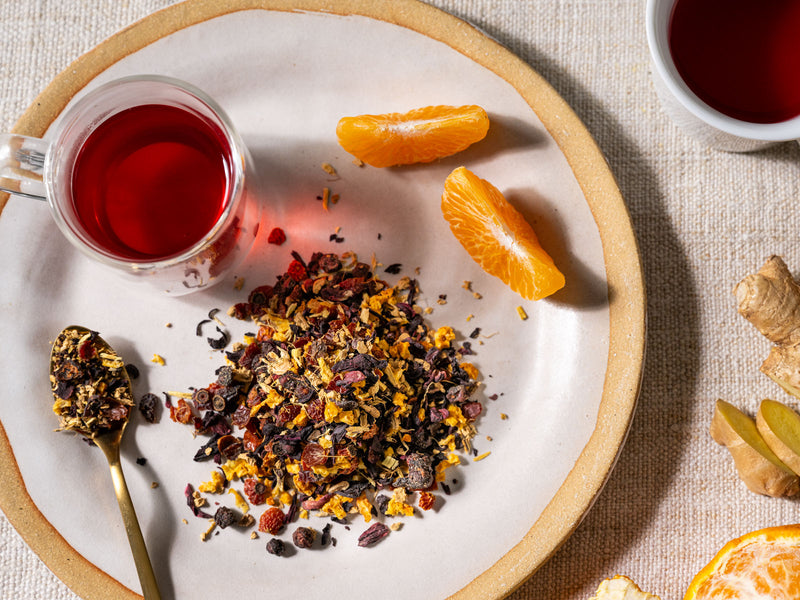
Tangerine Ginger

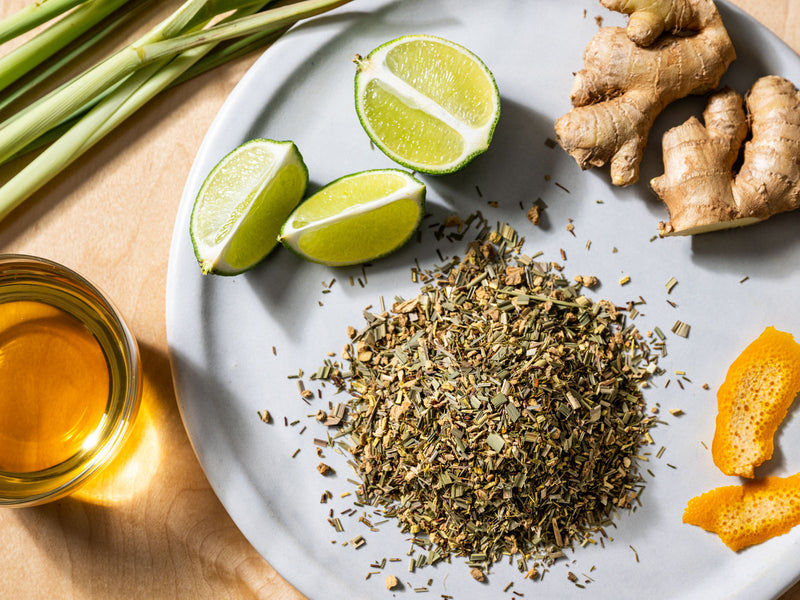
Ginger Lime Rooibos

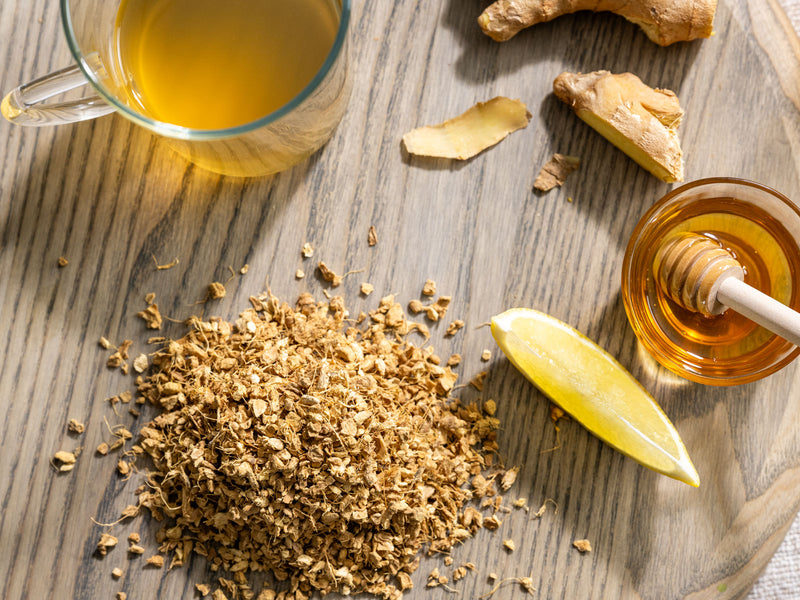
Ginger
Ginger and Wellness Today
With its long history as a go-to remedy for various ailments, it’s no wonder ginger is among the most popular wellness ingredients in the world of teas and botanicals. It’s often described as a superfood.
Though not a conventional medicinal treatment, ginger continues to hold a prominent place in alternative medicine and naturopathy. Revered for its healing potential, it’s often used to support the body’s natural recovery processes.
Some commonly reported benefits of ginger include:
- Antioxidants — Ginger root contains a high level of total antioxidants. Regularly consuming ginger is thought to bring benefits like anti-aging properties, according to a review of various studies.
- Anti-inflammation — Gingerol, a dried ginger extract, is believed to help ease inflammation, swelling and pain. This is likely why it was a popular herbal remedy for osteoarthritis and rheumatism.
- Anti-nausea — One of the most common historical uses of ginger was to alleviate symptoms of nausea and vomiting. Multiple studies support ginger’s effectiveness as an antiemetic due to the way it helps the body break up and expel intestinal gas. From ancient times to the present, ginger root and tea have been thought to help with seasickness, morning sickness and nausea related to medical procedures.
- Immune boost — Ginger tea is believed to relieve symptoms of respiratory ailments like sore throats, colds and flus. Because ginger is said to promote perspiration, it’s thought to be helpful for fever symptoms. Some early studies have hinted at ginger having antiviral effects as well.
Most of ginger’s wellness benefits, while numerous, are holistic and attributed more to alternative medicine. This, however, this doesn’t mean you should give up your daily ginger tea. At the very least, a regular ginger tea-drinking ritual provides a moment for mindfulness and warm the body and soul.
Ginger in Rishi Tea
Spanning Peru, Mizoram and Myanmar, our unique network of growers sets our ginger-powered blends apart. With a sourcing process that’s as dynamic as the flavors we create, we continually adapt as needed to ensure we bring the best quality and flavor to your cup.
Discover this ancient super root’s bold flavor and wellness potential.
Origins & Travel
Origins & Travel
Explore the world through our articles and travelogues from trips off the beaten path, visiting tea gardens and organic farms that we source from.
Similar Articles To Explore
Discover Our Teas
Shop Now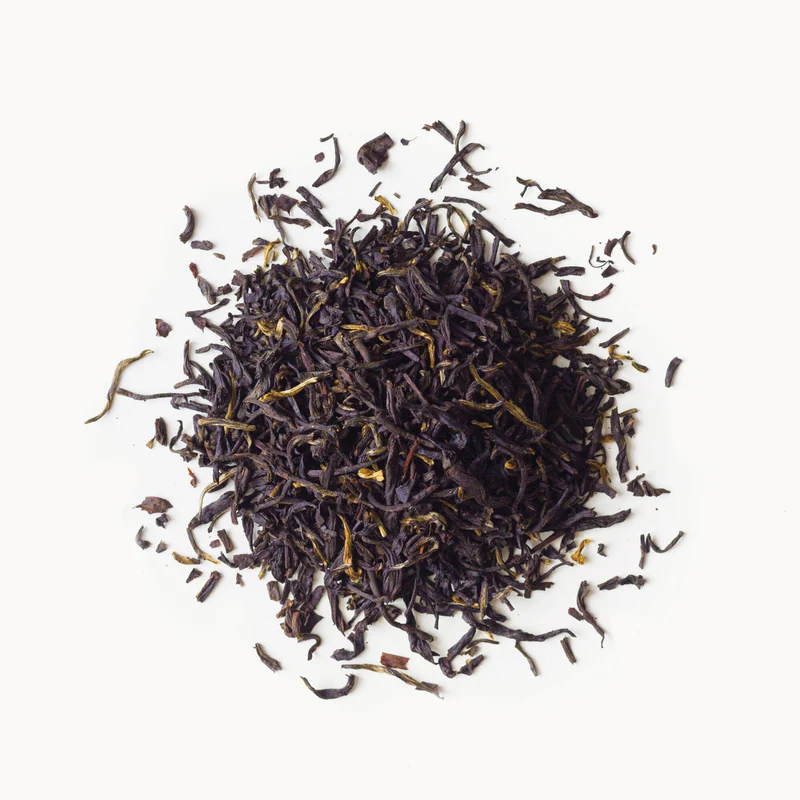
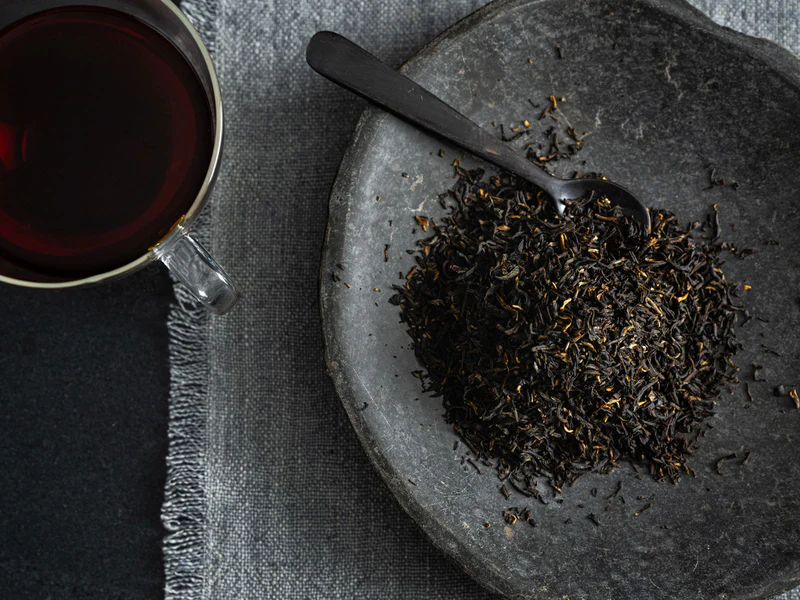

Earl Grey Supreme



Turmeric Ginger



Masala Chai



Jasmine

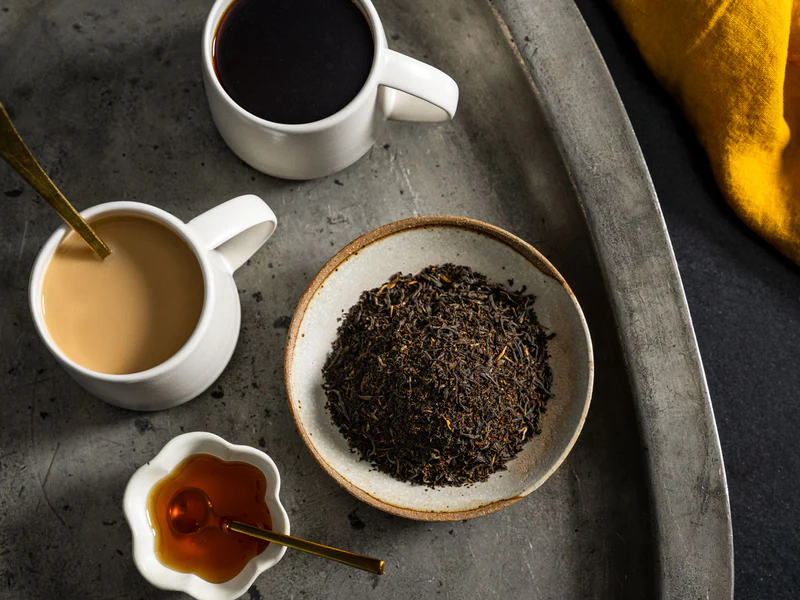

English Breakfast



Golden Yunnan

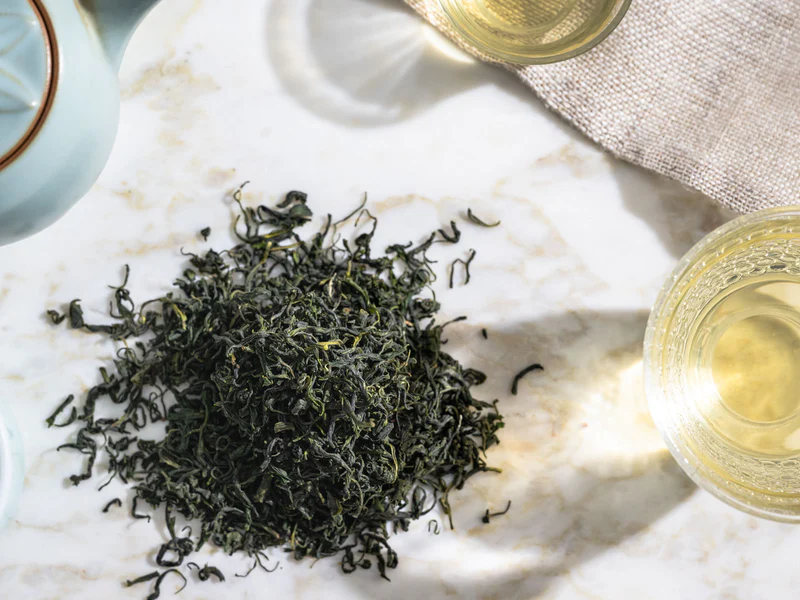
Jade Cloud

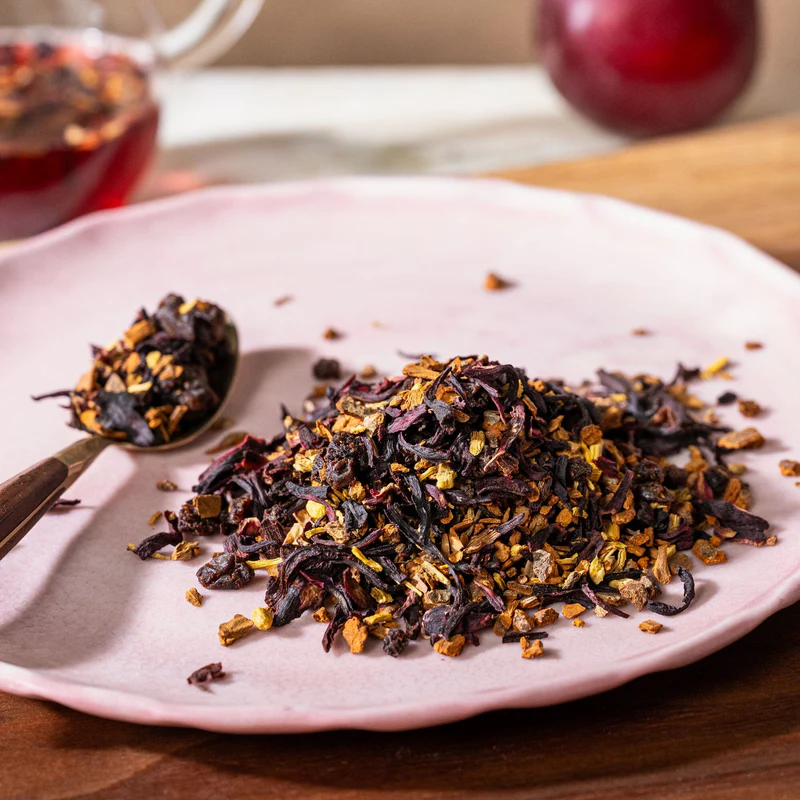
 Best Sellers
Best Sellers









